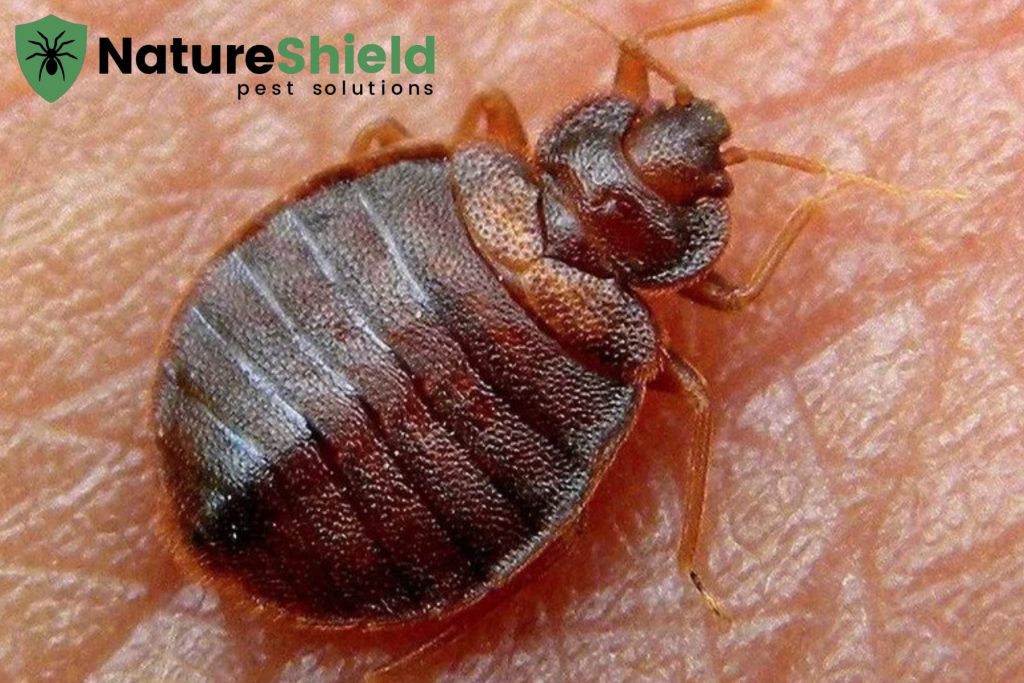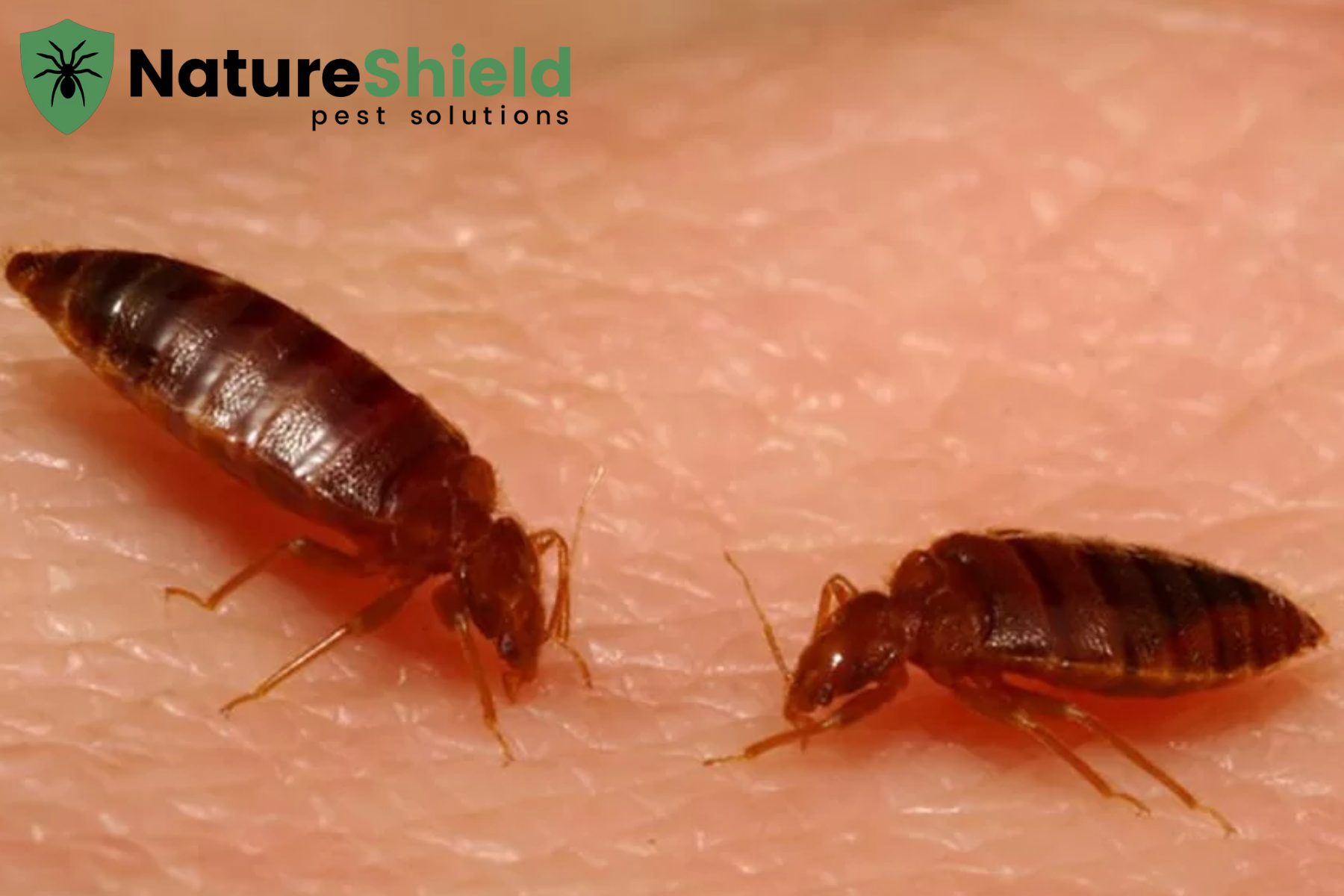Bug or Roach? How to Spot the Imposters Before Calling Pest Control
When an insect scurries across the floor, many people immediately assume it’s a cockroach. However, not every bug that resembles a roach is actually one. Misidentifying pests can lead to unnecessary worry or the wrong type of treatment. Knowing the difference between a cockroach and its look-alikes can help you act quickly and accurately before an infestation spreads.
This guide will break down the most common bugs that look like cockroaches, their key characteristics, and how to determine if you’re dealing with a roach problem or an imposter.
Why Accurate Identification Matters
While cockroaches are known for spreading bacteria, triggering allergies, and contaminating food, their look-alike counterparts may pose different levels of risk or none at all. Misidentifying them could result in using the wrong prevention or treatment methods. For example, treatments effective for cockroaches may not work on beetles, water bugs, or crickets.
If you suspect any pest activity, correctly identifying the species is the first step toward effective control and prevention.
Common Types of Bugs That Look Like Cockroaches
Several insects share similar coloring, size, or body shape with cockroaches. Let’s look at the types of bugs that look like cockroaches and how you can tell them apart.
1. Water Bugs
Water bugs are often mistaken for large cockroaches due to their dark brown coloration and oval-shaped bodies. However, water bugs are aquatic insects that prefer to live in ponds, lakes, or slow-moving streams. They have a more flattened body and shorter antennae compared to cockroaches.
Unlike roaches, water bugs do not typically infest homes unless they are accidentally brought inside.
2. Ground Beetles
Ground beetles have a shiny, hard outer shell and can appear in various shades of black or brown, sometimes with metallic undertones. Their bodies are shorter and more compact than roaches, and they move quickly.
While their presence indoors can be unsettling, ground beetles are not harmful to humans or property and do not reproduce indoors like cockroaches.
3. Crickets
House crickets and field crickets have elongated bodies and long hind legs that distinguish them from cockroaches. Their jumping ability and chirping sound also set them apart. Crickets are more likely to be attracted to warmth and light rather than hiding in dark, damp spaces like cockroaches.
4. Palmetto Bugs
The term “palmetto bug” is often used interchangeably with cockroach, but it can also refer to other large insects in the same family. In reality, many palmetto bugs are just American cockroaches found outdoors. They can wander inside, especially during heavy rains or cold weather.
5. Bed Bugs
While smaller and more rounded than cockroaches, bed bugs are sometimes misidentified in low light conditions due to their reddish-brown color. Bed bugs are flat and oval-shaped, feed exclusively on blood, and are often found in mattresses, furniture seams, and cracks near sleeping areas. If you suspect their presence, professional bed bug control near me services are essential to eliminate the infestation.
How to Tell if It’s Really a Cockroach
If you’re unsure whether you’ve spotted a cockroach or an imposter, check for these telltale signs:
Body Shape and Antennae
Cockroaches have long, slender antennae and a flattened, oval-shaped body that allows them to squeeze into tight spaces.
Movement and Speed
Cockroaches are fast runners, often darting into dark corners when disturbed.
Habitat
Roaches prefer warm, dark, and moist areas such as kitchens, bathrooms, and basements. Seeing them during the day can indicate a large infestation.
Droppings and Odor
Cockroach droppings resemble ground coffee or black pepper. A strong, musty odor can also signal their presence.
What to Do If You See a Cockroach or Look-Alike
If you’re uncertain whether the insect is a cockroach, capture it in a clear container for identification or take a clear photograph. This can help professionals confirm the pest type.
Avoid using DIY treatments until you know exactly what you’re dealing with. Not only can improper treatment be ineffective, but it may also worsen the problem by causing pests to scatter.
For confirmed infestations, it’s best to contact an experienced exterminator Columbia MO who can apply targeted solutions to remove the pests and prevent their return.
Prevention Tips to Keep Both Roaches and Imposters Away
Whether you’re dealing with roaches or their look-alikes, prevention is key to maintaining a pest-free home:
- Seal Entry Points: Use caulk to close cracks and gaps around windows, doors, and baseboards.
- Eliminate Food Sources: Store food in airtight containers and avoid leaving crumbs or pet food out overnight.
- Reduce Moisture: Fix leaky pipes, ensure proper ventilation, and use dehumidifiers if needed.
- Maintain Outdoor Areas: Trim vegetation, keep firewood away from your home, and clear leaf litter.
- Regular Inspections: Schedule routine Columbia MO pest control visits to catch problems early.

Final Thoughts
Mistaking a harmless beetle or cricket for a cockroach is common, but proper identification can save you time, money, and stress. Knowing the difference between true roaches and impostors ensures you get the right treatment and keep your home safe from unwanted pests.
About Nature Shield Pest Solutions
Nature Shield Pest Solutions provides professional pest management services to residents and businesses in Columbia, MO, and surrounding areas. Using environmentally responsible techniques, our team offers effective solutions for common pests, including ants, bed bugs, cockroaches, rodents, and more.


